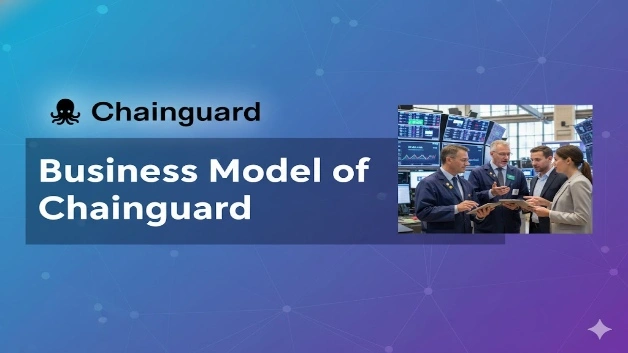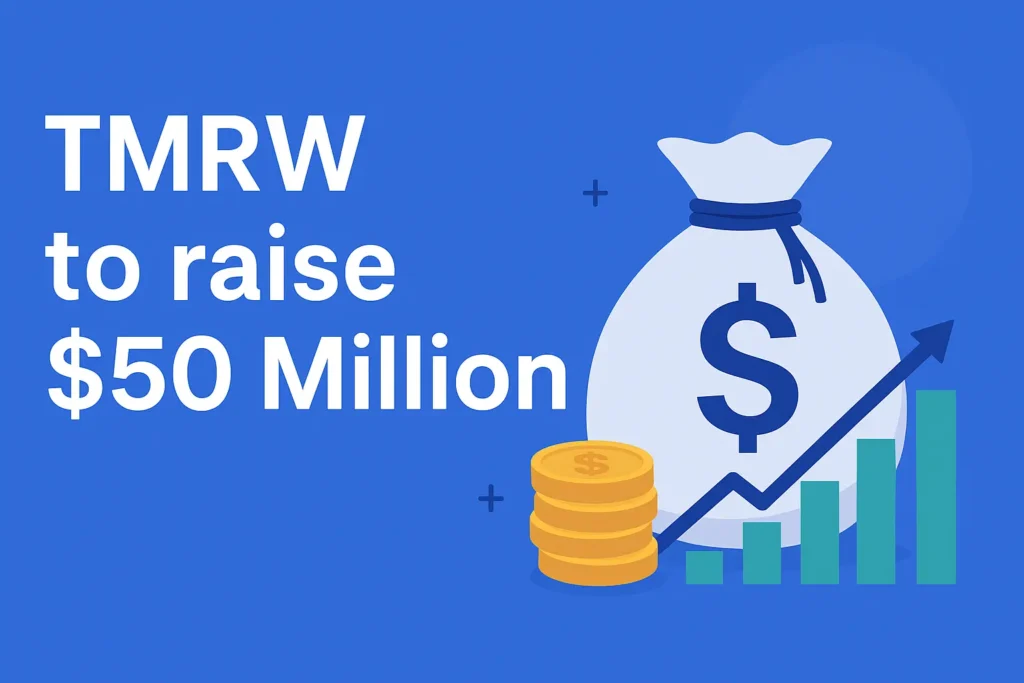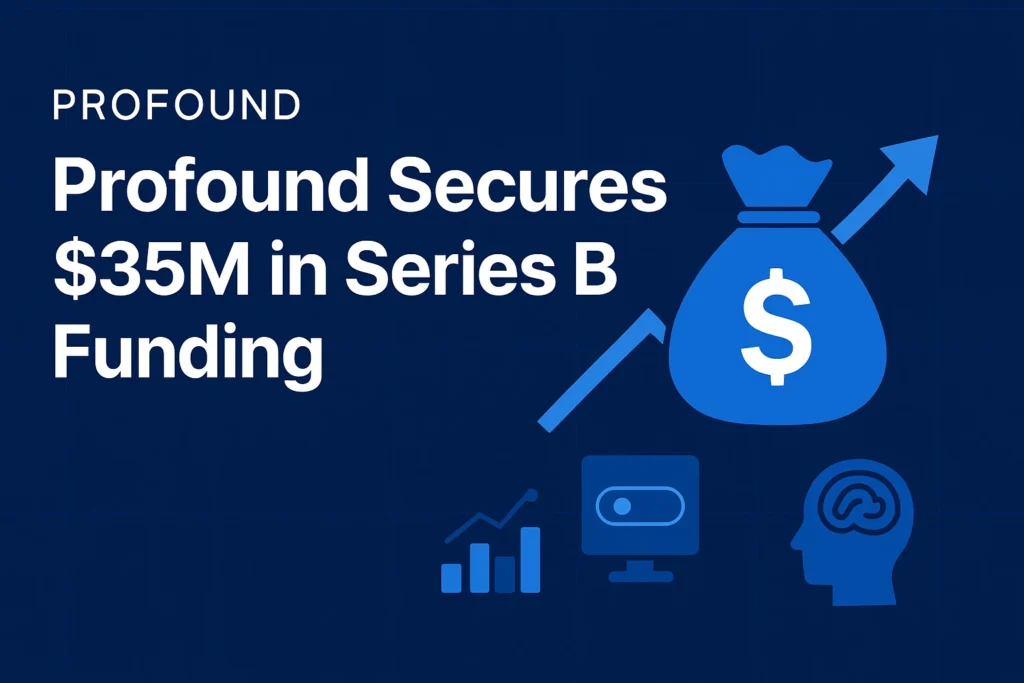| Category | Details |
|---|---|
| How Chainguard Started | Business Model of Chainguard: Founded in 2021 by CEO Dan Lorenc and a team of former Google engineers who developed the open source software supply chain security framework. The Kirkland-based startup emerged to solve a critical trust gap in software security: while open source software constitutes 90% of organizational code today, traditional security approaches required extensive vulnerability scanning, manual patching, and reactive threat response that slowed development velocity. The founding team recognized that preventing vulnerable code from entering production environments proved more effective than detecting and remediating after deployment. The vision centered on creating hardened, secure, production-ready builds of open source software that eliminate vulnerabilities before deployment while accelerating rather than hindering engineering velocity. |
| Present Condition of Chainguard | The company has secured $280 million in growth financing from General Catalyst’s Customer Value Fund, coming just six months after raising $356 million in Series D funding. Total capital secured reaches $892 million at a $3.5 billion valuation. Annual recurring revenue grew seven times to $40 million in fiscal year 2025, demonstrating commercial traction beyond experimental deployments. Enterprise customers include Fortune 500 organizations such as Anduril, Canva, Fortinet, Hewlett Packard Enterprise, Snap Inc., and Snowflake. The platform now delivers container images with zero known vulnerabilities across 1,700+ modern technology stacks, recently expanding to include Libraries for JavaScript, Java, and Python. Availability on Microsoft Azure, AWS, and GCP marketplaces enables direct procurement within existing enterprise workflows without infrastructure modifications. |
| Future of Chainguard and Industry | The funding will accelerate deployment across enterprises while expanding capabilities in AI-driven security automation, container orchestration integration, and compliance reporting. The global software supply chain security platforms market valued at $5.53 billion in 2025 projects explosive growth to $10.10 billion by 2030 at 12.8% compound annual growth. Cloud-based platforms captured 62.5% of revenue in 2024, while Asia-Pacific is forecast to register 14.2% CAGR through 2030. The 742% surge in software supply-chain attacks since 2020 has transformed open source from trusted innovation accelerator to critical attack vector. Regulatory frameworks are accelerating adoption: U.S. federal government mandates machine-readable Software Bill of Materials disclosure across procurement contracts, while Europe’s impending Cyber Resilience Act introduces parallel requirements creating trans-Atlantic harmonization multiplying addressable demand. |
| Opportunities for Young Entrepreneurs | The fundamental tension between security teams demanding protection and engineering teams requiring speed reveals massive opportunity for specialized solution providers. The 90% reliance on open source combined with 742% attack surge creates demand for automated security verification, compliance reporting platforms, SBOM generation and management tools, and developer-friendly security integrations that don’t slow CI/CD pipelines. Opportunities exist in vertical-specific implementations addressing regulated industries, infrastructure-as-code security, AI/ML model supply chain protection, and blockchain/Web3 dependency verification. The gap between reactive vulnerability scanning and proactive trust infrastructure presents openings for startups delivering security observability platforms, automated patch management, developer security training integrated into workflows, and zero-trust architecture implementations for software distribution. Geographic expansion opportunities particularly exist in Asia-Pacific markets experiencing 14.2% CAGR. |
| Market Share of Chainguard | While specific market share of Chainguard figures remain undisclosed, the platform’s 1,700+ container image catalog spanning modern technology stacks indicates comprehensive coverage across enterprise requirements. Fortune 500 customer roster including technology, defense, financial services, and SaaS companies demonstrates penetration across high-value enterprise segments. The vendor-agnostic positioning covering AWS, Azure, and GCP marketplaces enables capturing value across multiple cloud providers rather than competing within single-platform ecosystems. Cloud-based platforms captured 62.5% of software supply chain security revenue in 2024, positioning the SaaS delivery model advantageously versus on-premise alternatives. The zero-vulnerability approach addresses the broader 90% open source dependency problem rather than competing for the subset of organizations with resources for traditional vulnerability management teams. |
| MOAT (Competitive Advantage) | Chainguard’s competitive moat consists of five elements: First, zero-CVE container images eliminating vulnerabilities before deployment rather than detecting after—fundamentally reframing security from reactive to proactive. Second, 1,700+ technology stack coverage with continuously updated images providing network effects as each new package increases platform value. Third, team pedigree from Google’s original open source security framework development creating technical expertise competitors cannot easily replicate. Fourth, structured growth capital from General Catalyst’s Customer Value Fund tied to customer acquisition enables scaling without ownership dilution—providing financial sustainability competitors using traditional venture funding lack. Fifth, regulatory timing advantage where SBOM mandates and Cyber Resilience Act requirements favor platforms already delivering compliance-ready transparency versus retrofitting legacy security tools. |
| How the Chainguard Makes Money | Chainguard ‘s Revenue derives from subscription-based licensing of hardened container images and secure libraries, typically structured as annual contracts scaled by number of images consumed, container deployments, or developer seats. Enterprise customers pay premium pricing for zero-vulnerability foundations that eliminate security overhead—replacing weeks of vulnerability triage, patch backporting, and deployment coordination with immediate secure deployments. The platform’s marketplace availability on AWS, Azure, and GCP enables consumption-based billing aligned to enterprise cloud spending patterns. Additional revenue streams include professional services for migration assistance, custom image development for proprietary technology stacks, and compliance reporting tools for regulatory requirements. The positioning as trusted infrastructure for open source consumption—analogous to certificate authorities for web communications—enables capturing recurring revenue from every container deployment across organizational applications. As enterprises transition from reactive vulnerability management to proactive trust infrastructure, contract values expand through increased image catalog usage and expanded deployment across additional business units requiring identical security standards. |
I’m Araib Khan, an author at Startups Union, where I share insights on entrepreneurship, innovation, and business growth. This role helps me enhance my credibility, connect with professionals, and contribute to impactful ideas within the global startup ecosystem.




